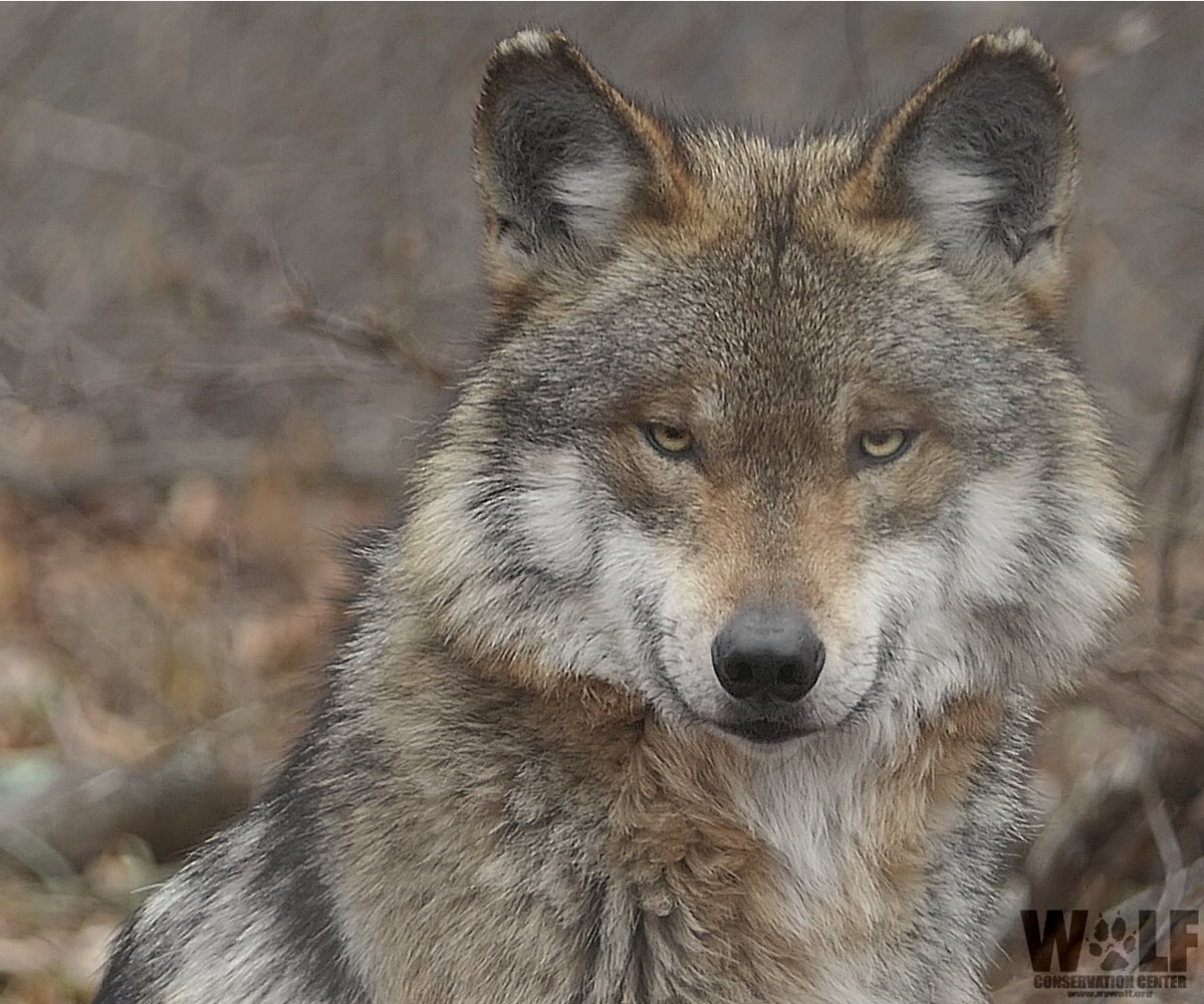-
Mount Jefferson in Alta Toquima Wilderness, Humboldt Toiyabe NF, Nevada. Photo George Wuerthner The Humboldt Toiyabe National Forest (HTNF), primarily in Nevada, has 40 vacant allotments. Vacant allotments mean they once were grazed, but for various reasons currently do not have any livestock grazing. Rather than permanently closing allotments that are currently ungrazed, the Forest…
-
Rocky Mountain Bighorn Sheep Ram. Photo George Wuerthner Bighorn sheep acquired their name for the large circular horns of the mature rams. They are strongly associated with mountain terrain, particularly steep hills and cliffs, which protect them against predators. They graze upon grasses and other plants. In general, bighorns are associated with drier parts of…
-
Let’s start with some facts: The majority of New Mexicans want to see Mexican wolves recovered. Public lands livestock are a leading source of conflict for the wolf recovery program. Livestock on public lands displace native wildlife through competition for food and driving them out of preferred habitats. Public lands livestock permittees are getting a…
-
Recently rancher Ken Andrus had a guest commentary in the Idaho State Journal basically championing Idaho agriculture. However, like almost all folks in Ag, he has an overblown view of his place in the Idaho economy. http://idahostatejournal.com/opinion/columns/the-ranchers-side/article_f5881123-e136-5f04-8c5b-06a869515b57.html For instance, Mr.Andrus suggested that Idaho AG was Idaho’s largest industry. This claim is created by aggregating anything remotely…
-
The shooting of the Profanity Pack last year and now a kill order for the Smackout Pack in Northeast Washington clearly demonstrated the failure of the current strategy of many conservation groups who are involved in wolf recovery efforts. In this case, a number of organizations, including Wolf Haven International, Conservation Northwest, Defenders of Wildlife,…
-
A recent article in Wood River Journal titled Wolf Project Enters 10th year detailed how private livestock producers have successfully harassed public wildlife on public lands to reduce losses to native predators. http://www.mtexpress.com/news/environment/wood-river-wolf-project-enters-th-year/article_1b4d8faa-629e-11e7-85c6-4339db44b9f9.html It details how Defenders of Wildlife, working with wealthy millionaire ranchers like the Lava Lake and Land Company, have joined together to…
-
Tom Sawyer would be proud of the “progressive” livestock producers who “love” predators. These ranchers are continuously held up as a “win-win demonstrations” by collaborating so-called conservation groups who promote these operations as examples of how wildlife and ranching can co-exist. You know the names, in part, because there are so few of them around…
-
Bighorn sheep, named for the large curling horns of rams, are one of the West’s most iconic animals. Once found from North Dakota to Washington and south to California to New Mexico, they were among the most plentiful of the West’s large mammals, numbering more than 2 million animals. Today, in most western states their…

George Wuerthner is an ecologist and writer who has published 38 books on various topics related to environmental and natural history. He has visited over 400 designated wilderness areas and over 200 national park units.
